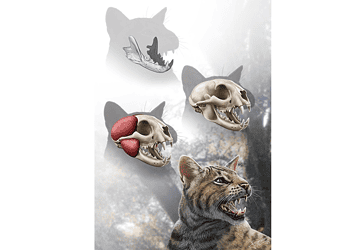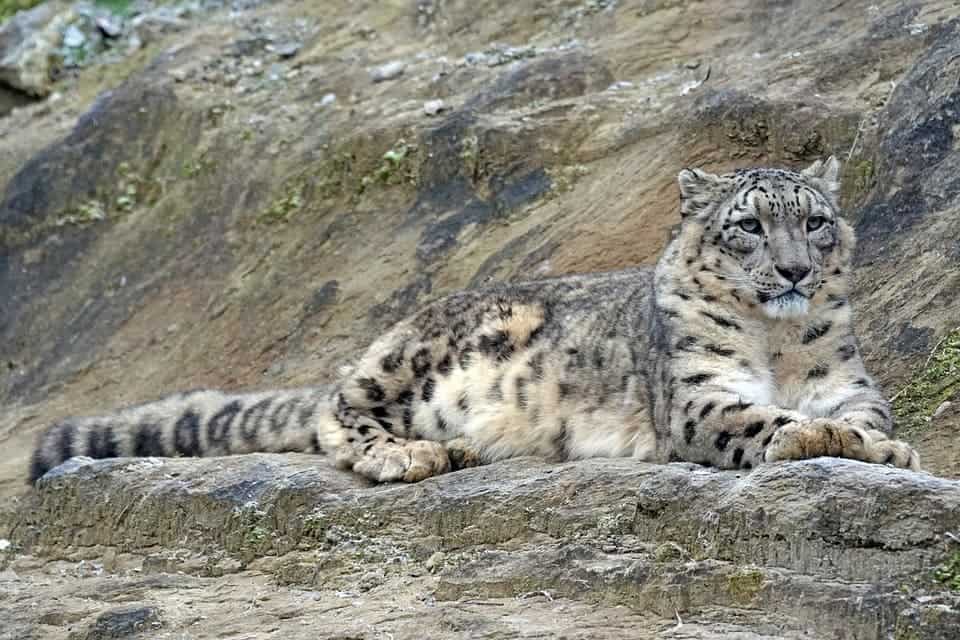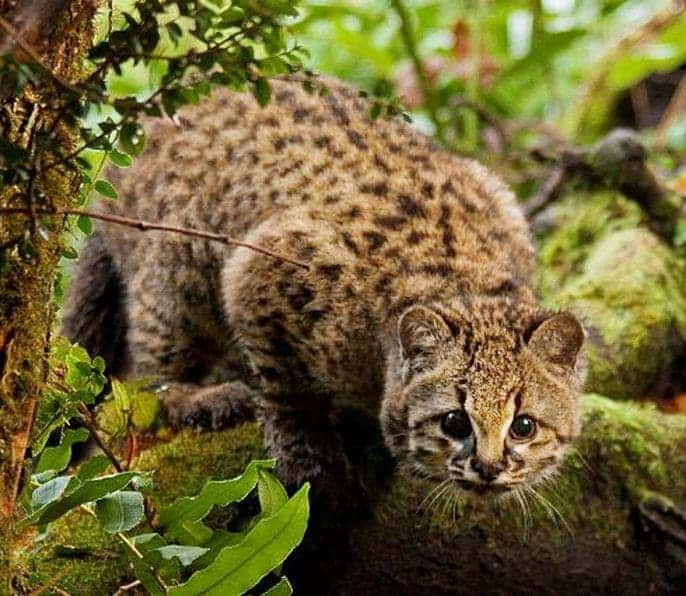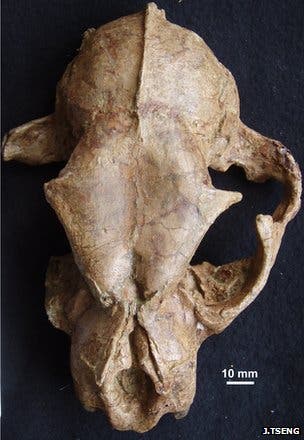
Paleontologists have unearthed skull fragments in Tibet belonging to an ancient “big cat” species, which apparently may be the oldest discovered thus far. The fossils have been dated between 4.1 and 5.95 million years old and belong to a previously unknown species “similar to a snow leopard”, according to US and Chinese palaeontologists.
“This cat is a sister of living snow leopards – it has a broad forehead and a short face. But it’s a little smaller – the size of clouded leopards,” said lead author Dr Jack Tseng of the University of Southern California.
Using both anatomical and DNA data, the researchers characterized the fossils and thus found that these didn’t match any known records. The newly discovered species has been dubbed Panthera blytheae. Since these are the oldest big cat fossils found thus far, they provide substantiating evidence that this great family originated in Asia and not in Africa, as it’s currently widely assumed.
“This ties up a lot of questions we had on how these animals evolved and spread throughout the world.
“Biologists had hypothesised that big cats originated in Asia. But there was a division between the DNA data and the fossil record.”
The Pantherinae subfamily or “big cats” as they’re commonly called includes living species today like the lions, jaguars, tigers, leopards, snow leopards, and clouded leopards. Other felines like cougars, lynxes, and domestic cats are smaller cousins belonging to the Felinae family, which diverged from Pantherinae some 6.37 million years ago.
[RELATED] Seeing the world through the eyes of a cat
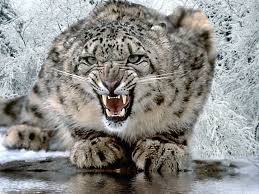
The first skull fragments belong to the newly discovered Panthera blytheae were made in 2010 at the remote Zanda Basin in southwestern Tibet. Some 100 bones were unearthed, including crushed fragments of skulls belonging to at least 3 cats. One of the skulls is nearly complete, according to the team of paleontologists involved in the research.
“This is a very significant finding – it fills a very wide gap in the fossil record,” said Dr Manabu Sakamoto of the University of Bristol, an expert on Pantherinae evolution.
“The discovery presents strong support for the Asian origin hypothesis for the big cats.
“It gives us a great insight into what early big cats may have looked like and where they may have lived.”

